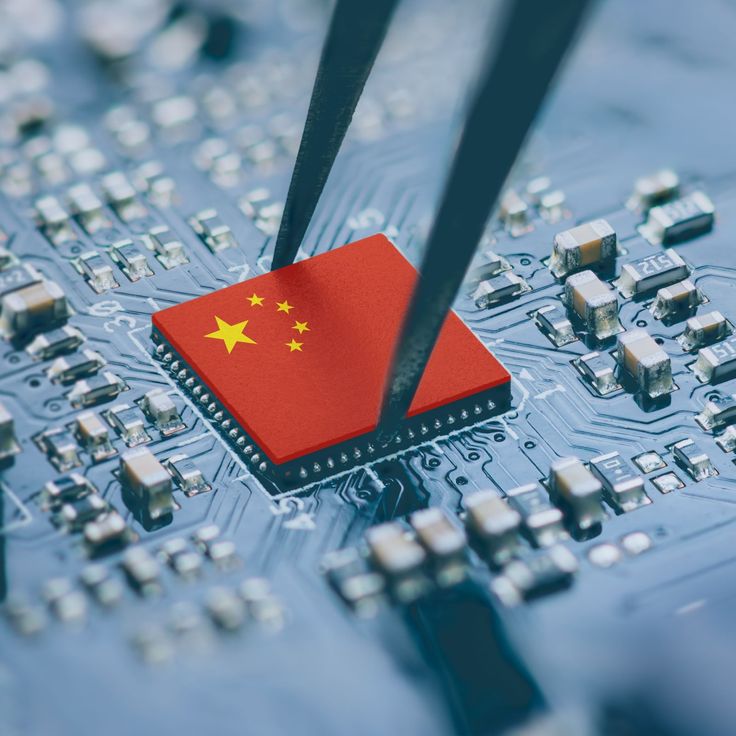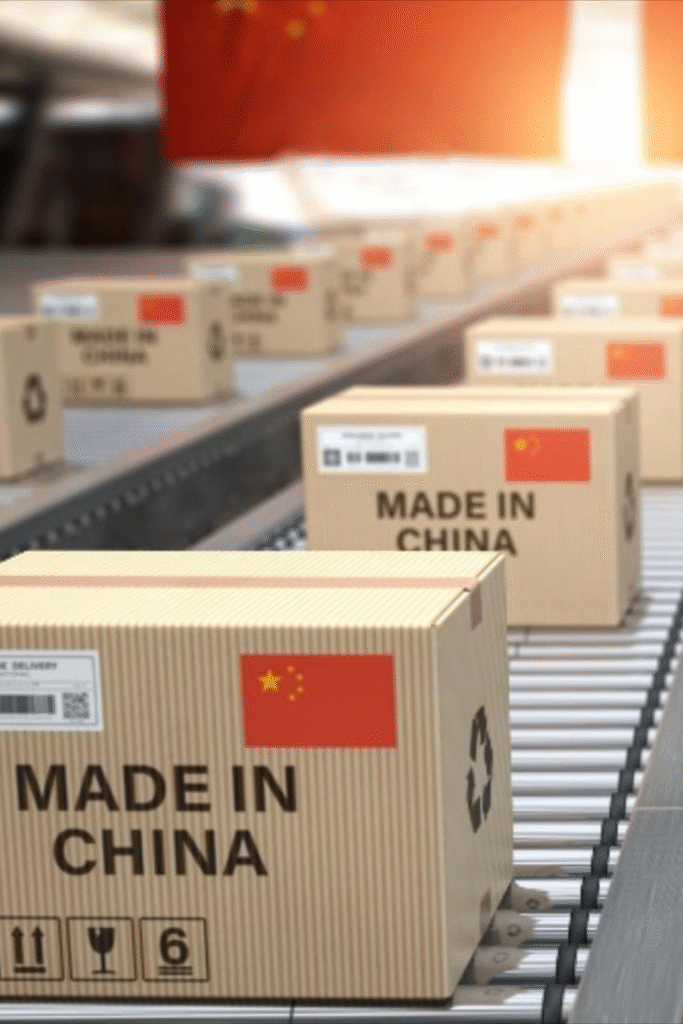How China Became a Tech Manufacturing Superpower
When we think about big tech products like iPhones, laptops, drones, or even electric cars—most of them are either made in China or have parts from China. But how did China, once known for cheap goods, become a global tech manufacturing giant? Let’s break it down & Understand in simple terms.
🏗️ 1. Made in China: Not Just Cheap Anymore

Years ago, “Made in China” mostly meant low-cost, low-quality products. But that’s changed now. Today, it means massive production, modern factories, and cutting-edge tech. China’s factories are no longer just cheap—they’re smart, fast, and super efficient.

🧠 2. Skilled Workforce and Tech Training
China has millions of skilled workers trained in electronics, robotics, and mechanical work. They’ve also invested heavily in technical education, which means their youth is ready to handle modern machines and complex tech manufacturing jobs. The government even runs special training centers for factory tech.
🛠️ 3. Strong Supply Chain (Everything in One Place)
One of China’s biggest strengths is its tight supply chain. From raw materials to final product packaging—it can all happen in the same city or nearby areas. That saves time and money. For example, in cities like Shenzhen, companies making chips, batteries, cases, and screens are all neighbors.
This level of supply chain convenience is hard to find anywhere else in the world.
💼 4. Government Support and Smart Policies
The Chinese government has played a major role. It gives tax breaks, loans, and land to tech manufacturers. Big projects like “Made in China 2025” aim to push China even further in areas like AI, robotics, and clean energy tech.
They also create tech zones—areas made specially for industries like semiconductors and smart devices.
🌍 5. Attracting Global Companies
Tech giants like Apple, Tesla, and Microsoft either manufacture in China or work closely with Chinese companies. Why? Because China offers speed, volume, and quality—all at lower costs.
Even during the COVID-19 crisis, China bounced back faster, showing the world how strong and reliable its tech production is.
⚙️ 6. Focus on Automation and Innovation
China is not just about manual labor anymore. It is now home to highly automated factories. Robots, AI systems, and smart logistics are widely used. This makes production faster, safer, and more precise.
They’re also leading in new tech trends—like 5G, electric vehicles, and solar panels. Their companies invest billions in R&D (Research & Development) to stay ahead. Automation in China is not a dream anymore, it has become a reality.
📊 7. Digital Infrastructure and Smart Cities
China has built a powerful digital backbone. Internet speed, digital payments, and data centers are everywhere. This helps factories connect better, manage orders smartly, and track everything in real-time.
Smart cities like Hangzhou or Guangzhou support tech startups and smart factories, making it easier for innovation to grow.
🧲 8. Homegrown Tech Giants

China is now producing its own big names like Huawei, Xiaomi, BYD, DJI, and Lenovo. These companies not only make products for local use but also export globally. This boosts their confidence and cuts down dependency on Western tech. It’s Not Far away when these companies become the next world leader in their own respective field.
WHAT’S nEXT??
China didn’t become a tech manufacturing leader overnight. It took years of planning, investment, and smart moves. From skilled workers to robotic factories, and from smart cities to global collaborations, China has built a tech empire that others are still trying to catch up with.
But while they are far ahead today, the world is watching closely. Countries like India, Vietnam, and Mexico are stepping up too. The race for tech dominance is Very much on & running —but for now, China is leading by a mile.






